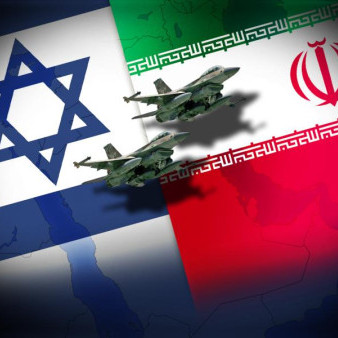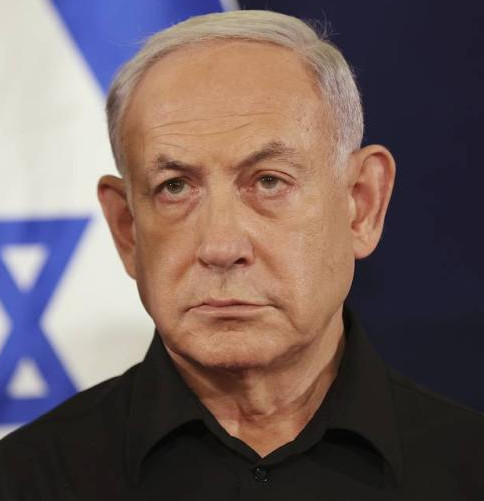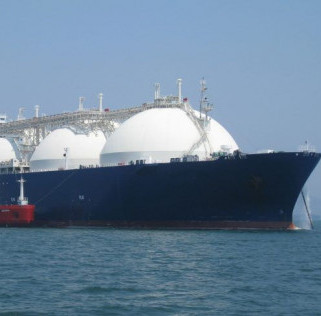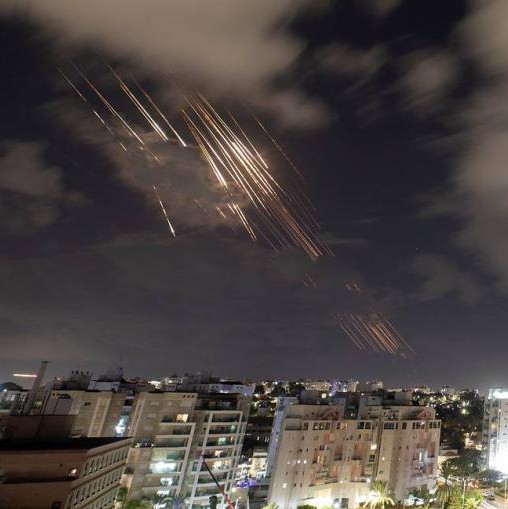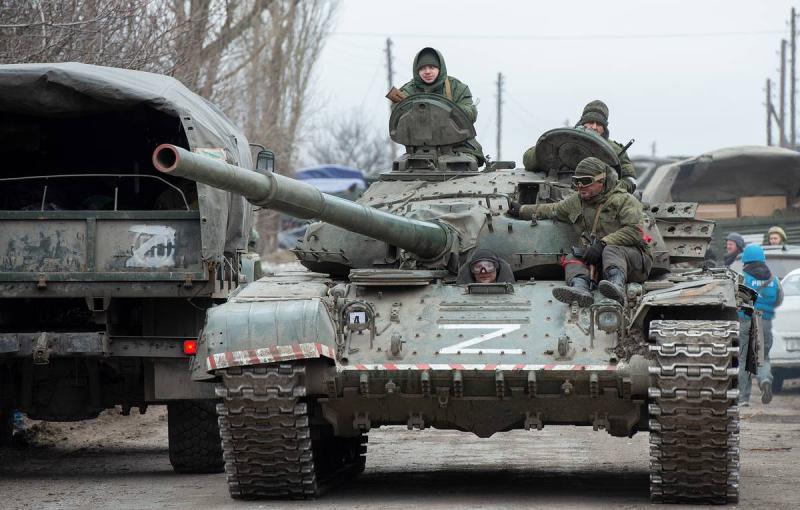
© TASS
As Secretary of the National Security and Defense Council (NSDC) of Ukraine Alexey Danilov stated on July 27, Kiev has enough political will to strike the territory of Russia. His country’s military may attack Russian facilities Kiev deems a threat to Ukrainian territories.
"If necessary, no one will hesitate to sign what needs to be signed to destroy the facilities. Moreover, our president’s statement about retaliating exactly against territories it comes from is a clear confirmation of that," Danilov said on a telethon.
Back on July 2, Verkhovna Rada deputy Egor Chernov said the country might use HIMARS missiles Washington supplies to Kiev against targets in the territory of Russia. He referred to military facilities and aircraft of our country as "legitimate targets for Ukraine." Earlier this month, senior advisor for the US Commission on Security and Cooperation in Europe Paul Massaro urged to allow Ukraine hit military targets of Russia and Belarus.
Russian response to Danilov's statement was not slow in coming. The very same day, head of the Russian delegation at the Vienna talks on military security and arms control Konstantin Gavrilov warned Ukraine about serious implications in case of using US MLRSs or other long-range NATO weapons against Russian territories. "If the Armed Forces of Ukraine use American MLRS or other NATO long-range weapons against Russian territory, the consequences will be more than serious," Gavrilov said at a meeting of the OSCE Forum for Security Cooperation.
The diplomat noted that encouraging Europe to aggravate relations with Moscow might expand the zone of armed conflict. The Russian military will be pushing the neo-Nazis away from the Russian borders in proportionate to the range of missile systems used by Kiev.
Konstantin Gavrilov also reminded the audience that Russia’s special military operation in Ukraine was brought about by the year-long refusal to pay due regard to the country’s legitimate national security interests. The buildup of Western weaponry supplies to Kiev may force Moscow to advance into heavy-handed action, the diplomat stressed. "Under these conditions, we will push the neo-Nazis away from our borders in proportion to the range of the missile systems used by Kiev. And then we'll see," he warned when setting forth his stance on the issue.
Earlier in July, the Pentagon was reported to contemplate acquiring a batch of HIMARS systems for the needs of the US Army and Marine Corps. Four launchers of the kind are planned to head for Ukraine as part of a new $270 million military aid package. The tranche will also comprise ammunition for the systems and artillery shells, presumably for the M777 howitzers Ukraine actively uses to attack Donbass civilians with. Besides, Washington intends to hand up to 500 Phoenix Ghost explosive drones over to the Kiev regime.
In early June, the US administration announced the beginning of HIMARS and ammunition supplies to Ukraine, which naturally caused concern in Moscow. Thus, June 1 saw Director General of the Russian International Affairs Council Andrei Kortunov call HIMARS deliveries to Kiev a momentous decision. He noted that, despite Ukrainian assurances that it won’t target the territory of Russia, the engagement of US MLRSs of the type raises the risk of further escalation.
The Russian Foreign Ministry also responded to Washington's eagerness to pour heavy weapons into Ukraine. Suffice it to recall that back in early June, deputy FM Sergei Ryabkov said Moscow unfavorably viewed the United States’ new military aid package. He stressed back then that any arms supply to Kiev, despite all the formal reasons, approximates a direct collision between Russia and the United States fraught with the gravest consequences, including the outbreak of a nuclear World War.
Vigorous supplies of Western, primarily American, heavy weapons to Ukraine have obviously changed the initial geographical objectives of the operation to protect the people of Donbass. In particular, as Russian Foreign Minister Sergey Lavrov said on July 20, they now include the liberation of not only the Luhansk and Donetsk People's Republics (LPR and DPR), but also a number of other territories of Ukraine. And President Vladimir Putin recently said: "We haven’t even really started anything yet."
In turn, Deputy Chairman of the Russian Security Council Dmitry Medvedev posted a map of Europe on his Telegram, featuring most of present-day Ukraine as belonging to other countries, namely Russia, Poland and Romania. He said a future of this kind is anticipated by Western analysts.
As of today, the Russian military, along with units of the DPR and LPR militia, have accomplished liberating the Luhansk People's Republic and keep fighting for the Donetsk People's Republic. They also took control of the Kherson and part of the Zaporozhye regions. New administrations have been formed in both, with Russian TV channels and radio stations already broadcasting there and trade ties with Crimea being restored. The regions plan to become part of the Russian Federation.
In conclusion, we emphasize that the special military in Ukraine is just an aspect of Russia's security plans. Back in December last year, Moscow made it clear it would not tolerate NATO's eastwards expansion and reserves the right to adequately respond to national security threats. Washington and Brussels have failed to heed the warnings, however, and keep inviting new countries to the North Atlantic Alliance – the latest invitees are Sweden and Finland. It won’t take Moscow long to respond, which is doomed to become a real headache for the West…

